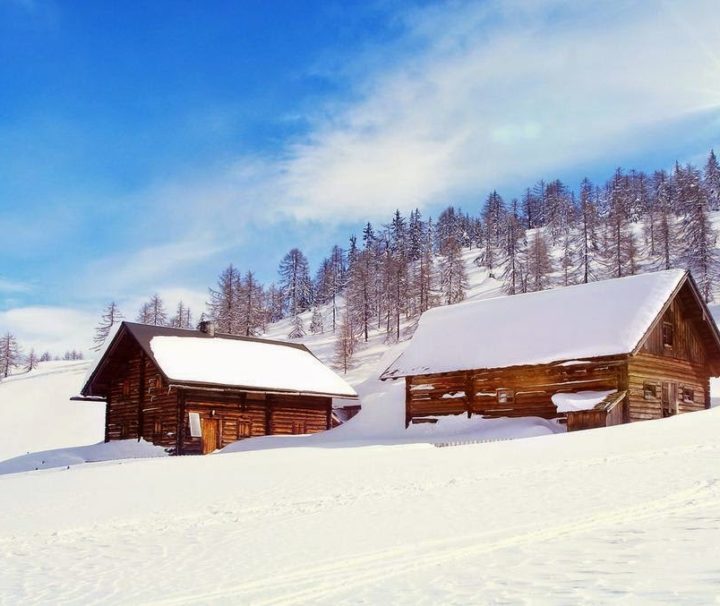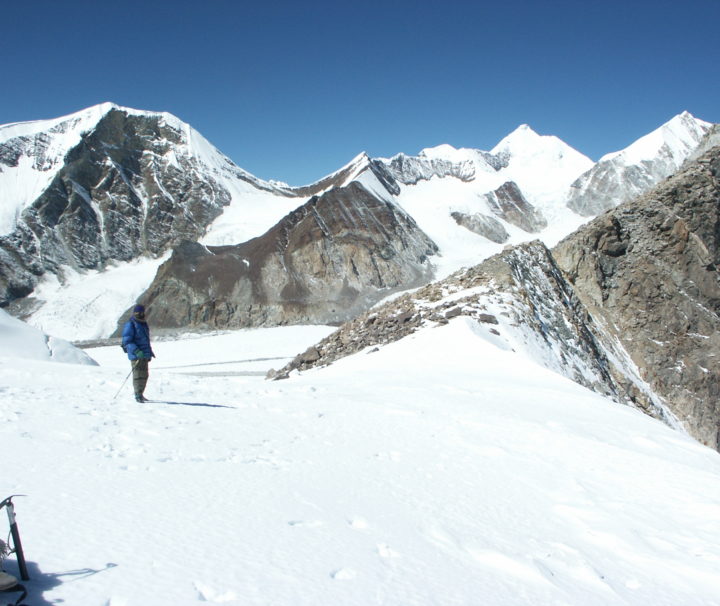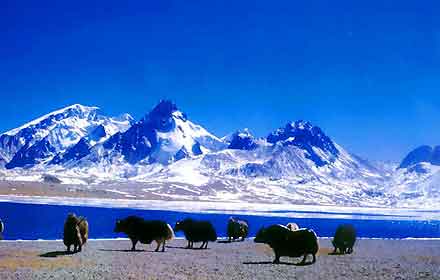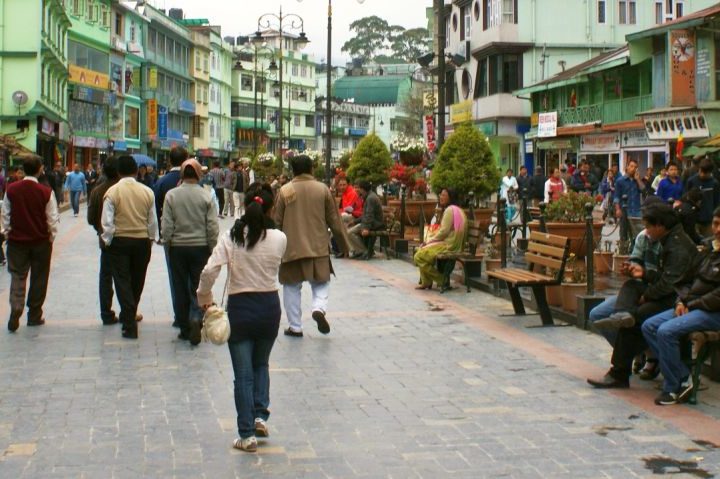North East India is accessible to tourists for most time of the year. However, the best is winter time.
CHARMING NOTH SIKKIM
Sikkim :- is situated in the Eastern Himalayas spread below the world's third highest mountain Kangchendzonga (8585m) revered by the Sikkimese as their protective deity. Sikkim is separated by the Singalila range from Nepal in the west, Chola range from Tibet in the northeast and Bhutan in the southeast. Rangit and Rangpo rivers form the borders with the Indian state of West Bengal in the south. Sikkim's botanical and zoological affluence is truly impressive. The people of Sikkim are warm, simple and friendly with a natural gaiety. Tista & Ranjit are two Main Rivers of Sikkim. At higher altitudes, monsoon
GLIMPSES OF NORTH SIKKIM
North East :- Sikkim is situated in the Eastern Himalayas spread below the world's third highest mountain Kangchendzonga (8585m) revered by the Sikkimese as their protective deity. Sikkim is separated by the Singalila range from Nepal in the west, Chola range from Tibet in the northeast and Bhutan in the southeast. Rangit and Rangpo rivers form the borders with the Indian state of West Bengal in the south. Sikkim's botanical and zoological affluence is truly impressive. North Sikkim is heaven on earth with diversity seen to be believed. Beautiful Lakes, Valley, Hot water spring, Rhododendron forest; Monastery, etc are places
HIDDEN BUTIES OF NORTH EAST
North East India is indeed a paradise unexplored and one of the best destination for nature lovers, trekkers and wildlife enthusiasts. North East India includes 7 contiguous states Arunachal Pradesh, Assam, Meghalaya, Manipur, Mizoram, Nagaland and Tripura, Hence also known as Seven Sister States of India. The North Eastern region also host one brother called Sikkim and some parts of Bengal as Darjeeling, Jalpaiguri, and Koch Bihar. It is one of the most treasured and Eco-friendly area in India with vast natural resources and a cauldron of different people and cultures. North-East Indian people offers a colorful reflection of their
SPLENDID NORTH EAST
SIKKIM: has a very rough topography due to which there are very less flat lands in Sikkim. The rivers and mountains are the main physical features that define the boundaries of the state of Sikkim with its neighboring countries. Besides the rivers and mountains, the glaciers, mountain passes, lakes, hot springs and waterfalls are also found in this region. The Kanchenjunga mountain, one of the highest mountain peak in the world is also situated in Sikkim. The Yumthang hot springs are the famous hot springs located in Sikkim. These hot springs are rich in Sulphur content and have high medicinal
MESMERISING GANGTOK & DARJEELING
GANGTOK: is capital and the largest town of the Indian state of Sikkim. It also is the headquarters of the East Sikkim district. Gangtok is located in the eastern Himalayan range, at an elevation of 1,650 m (5,410 ft). The town's population of 100,000 belongs to different ethnicities such as Nepali, Lepchas and Bhutia. Nestled within higher peaks of the Himalaya and enjoying a year-round mild temperate climate, Gangtok is at the centre of Sikkim's tourism industry. Gangtok rose to prominence as a popular Buddhist pilgrimage site after the construction of the Enchey Monastery in 1840. In 1894, the ruling Sikkimese Chogyal,





